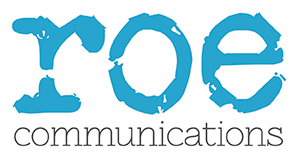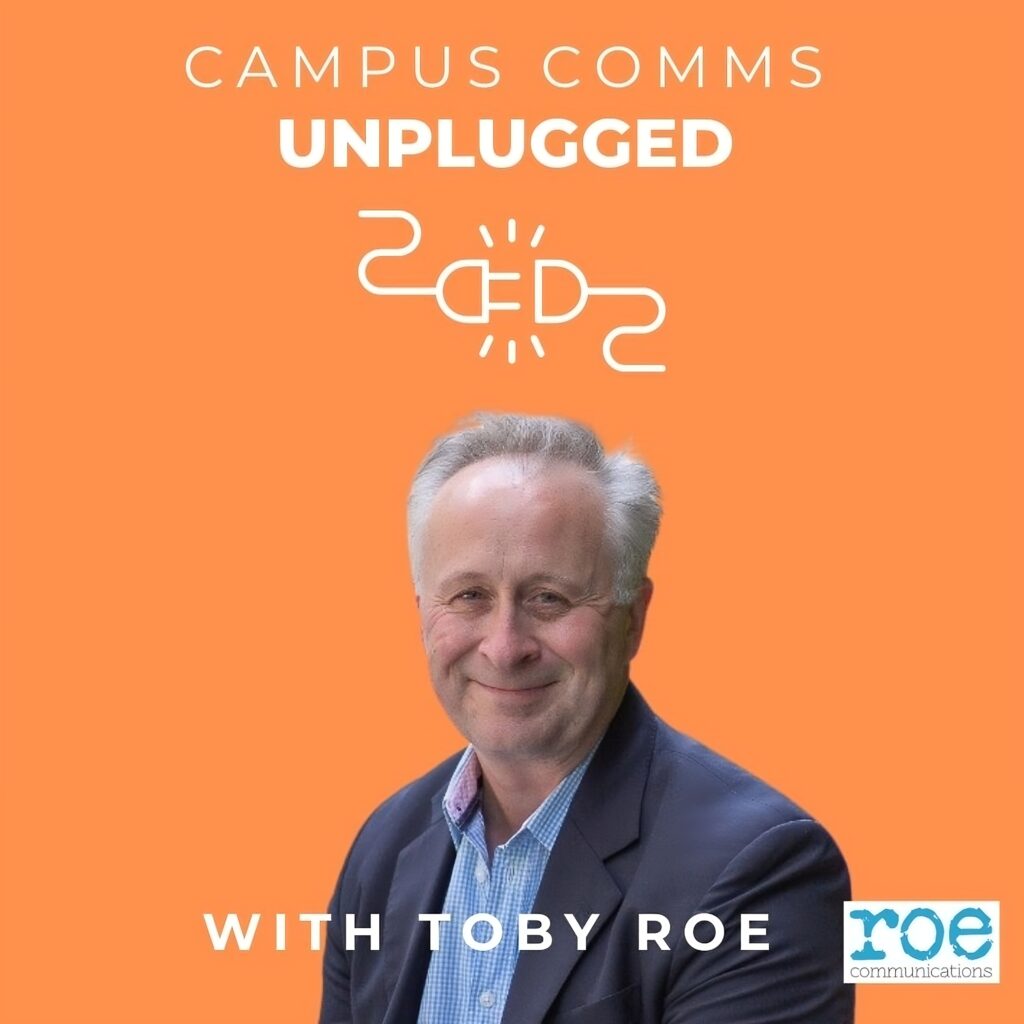Introduction
Sasin School of Management had good media visibility in its home country of Thailand but recognised that it needed a bigger international profile to compete with other schools.
The school was established in 1982 through a collaboration between Chulalongkorn University, the Kellogg School of Management, and The Wharton School of the University of Pennsylvania. It was the first business school in Thailand to achieve AACSB and EQUIS accreditation.
Sasin offers a range of degree and non-degree programmes, including a flexible MBA, a dual MBA & Master of Engineering, an EMBA and numerous executive education programmes.
Its vision was to:
“Inspire, connect, and transform for a better, smarter sustainable world.”
Whilst Sasin had a good reputation in Asia, it wanted to use international PR to build its profile – to attract students, faculty and partners – and raise awareness of Thailand as a business education destination.
Focusing the brief
Sasin recognised that its international PR brief was wide. So, working with Roe Communications, its first job was to agree on the most important priorities for an initial international PR project.
It decided that attracting students from international markets for MBAs and EMBAs was top of the list. A secondary objective was to raise awareness amongst senior contacts at other business schools who might want to form international partnerships with Sasin.
Refining the international PR strategy
Once its objectives had been established, an international PR strategy was drawn up. Using Roe Communications’ knowledge of what journalists are looking for, this focused on two of Sasin’s strengths:
1. Location
Sasin is based in a peaceful, park-like setting in the heart of Bangkok – one of Asia’s most exciting, entrepreneurial cities. It was agreed to raise awareness of Thailand as an alternative destination to get a business education – stressing the cultural experience, the learning available and the opportunities to start a business.
2. Entrepreneurship and mindfulness
Thai culture is very entrepreneurial and there is a strong entrepreneurship theme at the school. But differently, there is a strong focus on mindfulness, which comes from the Thai, Buddhist culture. Both these things presented interesting and unusual angles for the international PR project.
Overcoming hurdles
To reach its chosen audiences quickly, Sasin and Roe Communications agreed to target specific English-speaking outlets known to influence student choice.
There were several challenges to achieving editorial space in these publications.
- Journalists were (and remain) extremely busy and the bar for coverage was high. The competition was fierce, with other business schools, consultants, universities and other organisations all pitching their stories.
- There was also a practical challenge around timescales. Many of Sasin’s target media were based in the UK or Europe (6 hours behind Bangkok). This meant that adaptions needed to be made in relation to meeting journalist deadlines, setting up interviews and responding to requests for information.
- Thailand itself was not somewhere that you would expect as a destination for business education – rather it had a reputation as a holiday country. This presented both a challenge and an opportunity – to present Thailand as an attractive place to study for a business degree, but also as a gateway to Southeast Asia.
Whilst Sasin had numerous ideas for the media, the success behind this project was to identify the ones with the strongest potential. With every story, Roe Communications and Sasin asked three key questions:
- Is this important to Sasin?
- Is this relevant to Sasin’s key audiences?
- Is this really going to be something that the journalists find interesting?
A mixture of tactics
It was felt that one tactic (such as news releases) wouldn’t be sufficient to achieve a quick outcome.
Instead, the team looked at mixing up tactics, including feature pitches, student case studies, thought-leadership articles and pitching into profile columns.
This opened many more opportunities for the team and enabled them to try different angles.
International PR results
The outcome shows how quality wins out over quantity for international PR.
Over an initial two-month project, Sasin achieved positive press coverage in six target media outlets (with two additional pieces being generated) and was introduced to eleven influential journalists.
This included coverage in the Asia-Pacific Business School Supplement in the Financial Times, and interviews with the Dean, Ian Fenwick, in Poets & Quants and PIE News.
In total, the press coverage generated nearly 80,000 online coverage views and was viewed nearly 7,000 on social media.
The project has laid strong foundations for Sasin’s international reputation – and the business school subsequently decided to invest in a long-term international PR programme.


